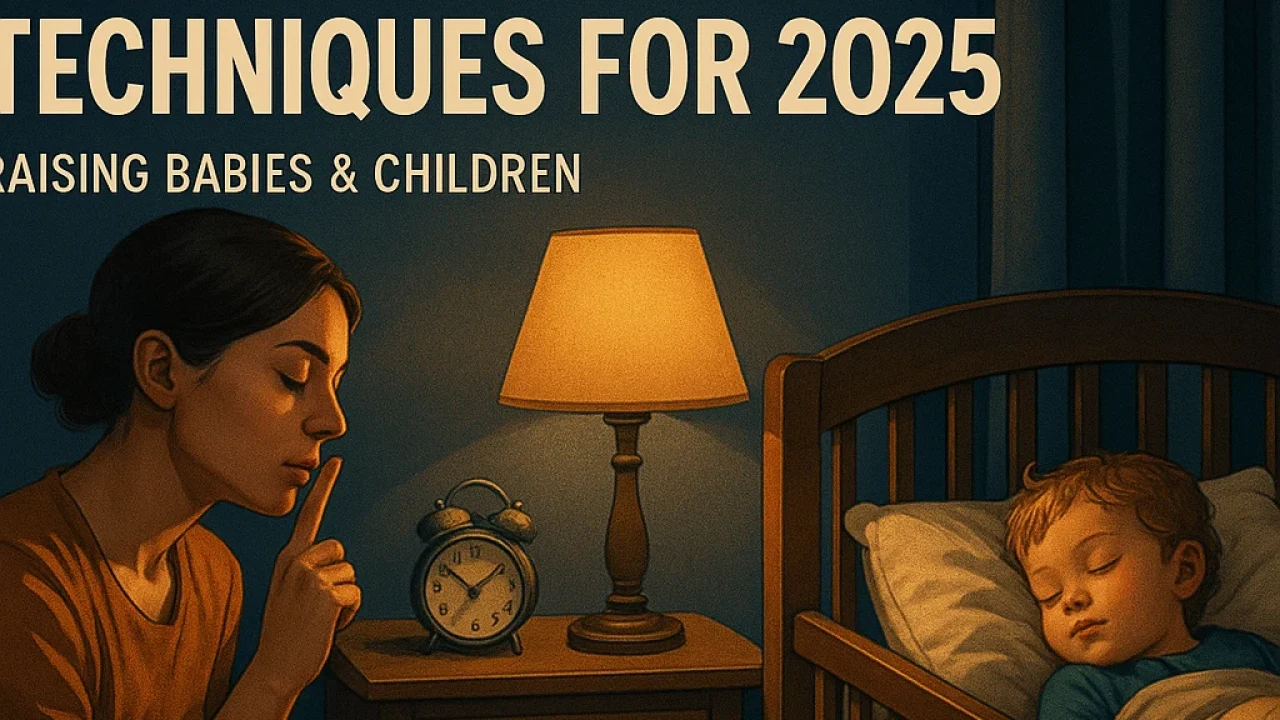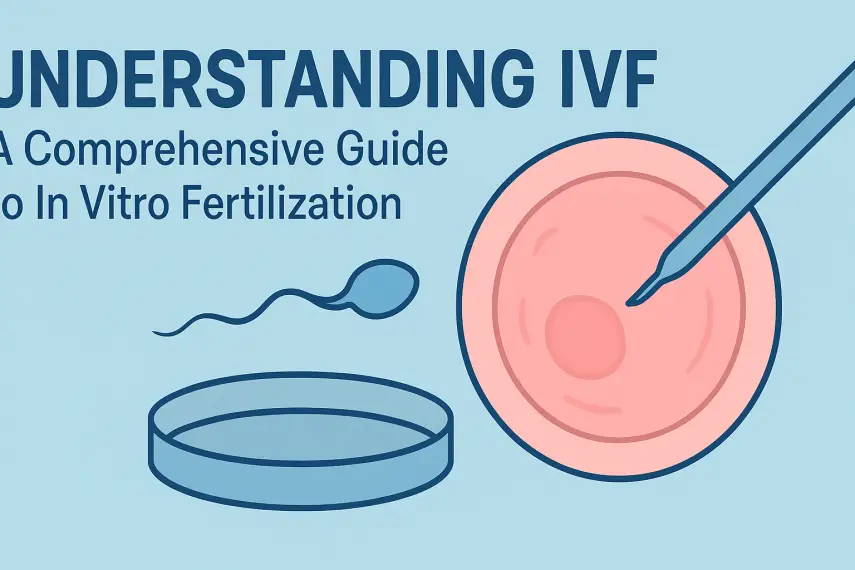
Effective Toddler Sleep Training Techniques for 2025
📑 Contents
Introduction

Toddler sleep training is a top concern for many parents, and effective strategies can make a significant difference in a child’s development and family well-being. In 2025, sleep training methods continue to evolve, blending research-based practices with parental intuition. This guide explores the most effective toddler sleep training techniques for 2025, helping you make informed decisions for your family.
Understanding Toddler Sleep Training

Toddler sleep training refers to the process of teaching young children, typically between 1 and 3 years old, to fall asleep independently and maintain healthy sleep habits. The right approach can promote better sleep for both toddlers and parents, reducing night awakenings and improving daytime behavior.
Benefits of Sleep Training
- Establishes consistent sleep routines
- Reduces parental sleep deprivation
- Supports cognitive and emotional development
- Improves overall family dynamics
Popular Toddler Sleep Training Techniques in 2025

| Technique | Description | Typical Age | Main Pros | Main Cons |
|---|---|---|---|---|
| Ferber Method (Graduated Extinction) | Gradually increasing intervals before comforting child | 1–3 years | Quick results, evidence-based | May involve crying |
| No Tears Method | Soothing without allowing crying | 1–3 years | Gentle, less stressful | Longer process |
| Chair Method | Parent gradually moves farther from bed each night | 18 months+ | Gradual, parent present | Requires consistency |
| Bedtime Fading | Shifting bedtime to match natural sleepiness | 1–3 years | Less resistance, child-led | May disrupt existing schedules |
| Scheduled Awakenings | Waking child before typical night wakings and resettling | 2–3 years | Reduces habitual night waking | Can be disruptive |
Key Elements of Successful Sleep Training

Regardless of technique, these elements are vital:
- Consistency: Stick to routines and rules.
- Age Appropriateness: Choose methods suitable for your child's development.
- Parental Presence: Decide how much involvement is right for your family.
- Safe Sleep Environment: Ensure the room is safe, dark, and quiet.
Sample Sleep Schedule for Toddlers (2025)
| Time | Activity |
|---|---|
| 7:00 pm | Bath and bedtime routine |
| 7:30 pm | Storytime and cuddle |
| 8:00 pm | Lights out, sleep time |
| 6:30 am | Wake up |
| 12:30 pm | Daytime nap (1–2 hours) |
Tips for a Smooth Sleep Training Experience

- Start when your toddler is healthy and your family schedule is stable.
- Communicate the plan to all caregivers for consistency.
- Keep pre-bed routines calm and predictable.
- Avoid stimulating activities and screens before bedtime.
- Be patient; setbacks are normal during transitions or illness.
Common Sleep Training Mistakes
| Mistake | How to Avoid |
|---|---|
| Inconsistency in routine | Set reminders and involve all caregivers |
| Switching methods too quickly | Give each method at least 1–2 weeks |
| Ignoring child’s cues | Adjust approach based on temperament |
| Not addressing sleep environment | Ensure room is cool, dark, and safe |
Frequently Asked Questions (FAQ)

- What is the best age to start toddler sleep training?
Most experts recommend starting between 12 and 18 months, once your child can self-soothe and understands simple routines. - Is the "cry it out" method safe?
Research indicates it is generally safe for healthy toddlers, but parents should consider their comfort level and child’s temperament. - How long does sleep training take?
Most families see improvement within 1–2 weeks, but individual timelines vary. - Can sleep training cause emotional harm?
Current studies show no long-term emotional harm from evidence-based sleep training methods. - What if my toddler wakes up during the night?
Consistently follow your chosen method; avoid introducing new sleep associations. - Should I stop naps during sleep training?
No, age-appropriate naps support better nighttime sleep. - How do I handle setbacks like illness or travel?
Maintain routines as much as possible; expect temporary disruptions and resume the plan once things stabilize. - Can co-sleeping and sleep training be combined?
Some gentle methods can work with co-sleeping, but most approaches encourage independent sleep in a separate sleep space.
Conclusion

Effective toddler sleep training techniques for 2025 emphasize consistency, empathy, and age-appropriate strategies. By understanding your child’s needs and choosing a method that suits your family, you can foster healthy sleep habits and improve well-being for everyone. For more expert parenting resources, visit isayinfo.com today.











